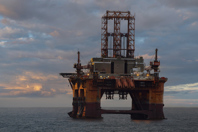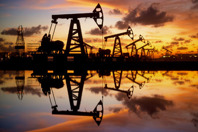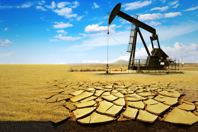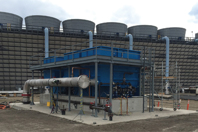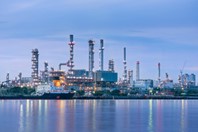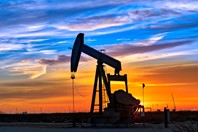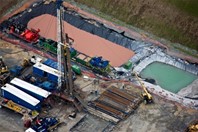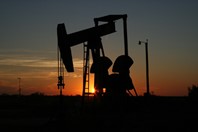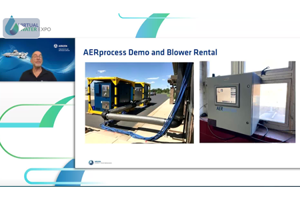TREATMENT RESOURCES
-
You cannot produce oil without water, because water is present naturally in both onshore and offshore oil reservoirs. This naturally occurring water is called produced water. Produced water has a simple to complex composition that is variable, and it is considered as a mixture of dissolved and particulate organic and inorganic chemicals (Al-Ghouti et al. 2019) with an average of 7 to 10 barrels of produced water being generated for each barrel of oil during the course of an operation (Guerra, Dahm, and Dundorf 2011).
-
Water is one of the world's most critical natural resources, but too many people take it for granted, raising awareness of its importance — and complexities — is too often left out of public discourse. My recent visit to a few engineering colleges as a STEM ambassador made me realize that many engineering programs are offered today than when I went to school.
-
In the spring of 2019, U.S. government-funded research on watersheds revealed a dire outlook for the future of water availability in the United States. Between population growth and climate change, the study reports that “serious water shortages'' are likely to occur within the next 55 years.
-
Shepard Energy Centre (owned by Enmax and Capital Power Corporation) is located in Calgary, Alberta, Canada. It began operating in March 2015 and is capable of generating over 800 megawatts of electricity to Alberta residents using natural gas. The facility utilizes (2) combustion turbines featuring a combinedcycle technology to generate electricity, and in addition, processes waste heat through a steam turbine to produce even more electricity. This electricity generation process makes Shepard approximately 30% more efficient than traditional coal-fired plants, and reduces overall fuel costs. Not only is Shepard’s plant more efficient, but better for the environment by emitting less than half of the CO2 emmissions per megawatt hour compared to a coal generated facility. Sulphur dioxide and nitrogen dioxide emissions are also reduced.
-
Water scarcity is a challenge facing many Texas communities, and it’s encouraging to see how many state leaders are proactively exploring solutions to our growing water needs. This has brought the oil and gas industry and the massive volumes of water it uses and produces each year into the conversation.
-
Everyone is familiar with the water cut statistics: three to seven barrels of produced water emerge from the ground per barrel of oil. This oft-cited statistic is useful to appreciate the scale of the volumes of water produced in the Permian Basin. However, it does not tell the whole story.
-
Collaborative research is a critical element for identifying unforeseen risks associated with using the oil industry’s wastewater outside the oilfield. That’s the recommendation of a new peer-reviewed paper accepted this week in the Journal of Integrated Environmental Assessment and Management (IEAM).
-
We’re past the midpoint of the Texas legislative session and the bill filing deadline is behind us. Because the legislature only meets for five months every other year, there’s a lot to accomplish in a short span.
-
When it comes to answering questions about whether the oil and gas industry’s wastewater can be safely reused for other purposes, like food crops, livestock, or even drinking water, there are a number of other serious factors to be considered.
-
Regulators from across the country met in Vermont this week at the Environmental Council of the State’s (ECOS) fall meeting to discuss some of the nation’s most pressing environmental challenges. I joined members of ECOS’ Shale Gas Caucus to discuss an emerging threat imminently impacting oil and gas-producing states: the question of what to do with the massive amount of wastewater produced by the oil and gas industry each year.

